Home>Garden Essentials>What Is RBU In Landscape Design
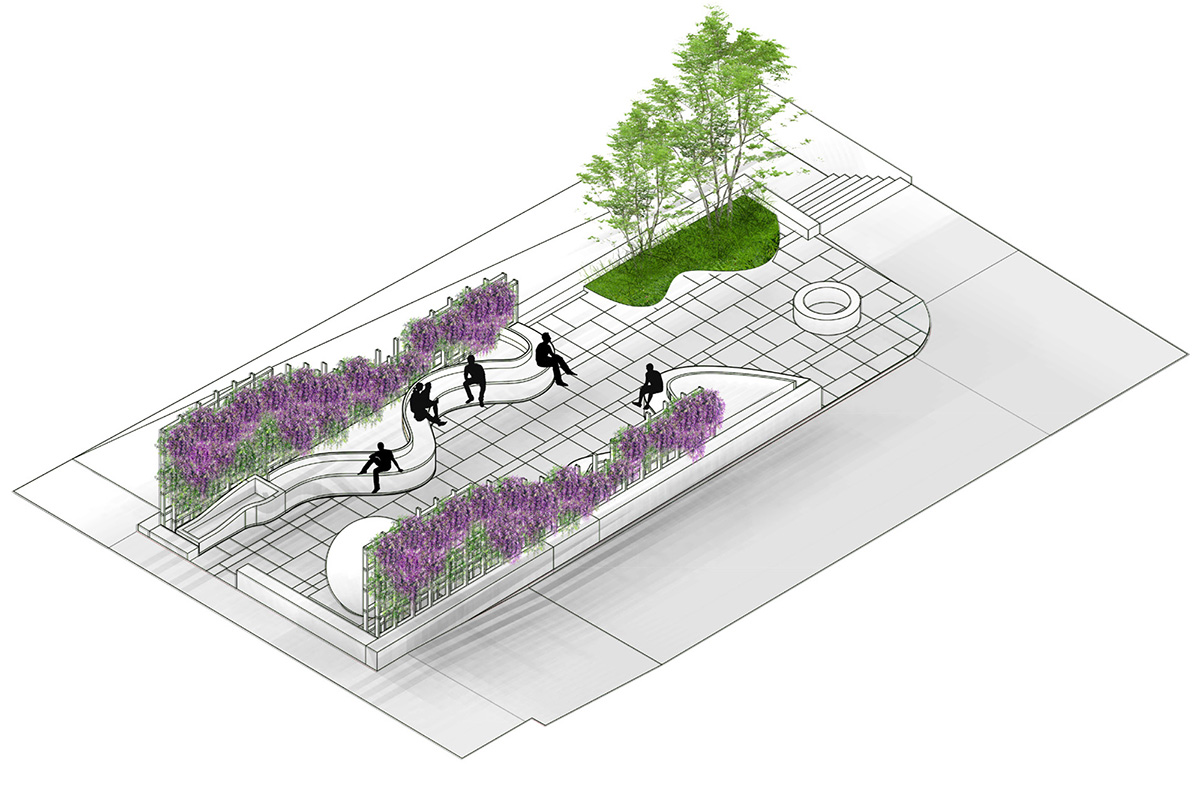

Garden Essentials
What Is RBU In Landscape Design
Modified: March 7, 2024
Discover what RBU is and how it can transform your garden. Explore innovative landscape design techniques and create your dream outdoor space.
(Many of the links in this article redirect to a specific reviewed product. Your purchase of these products through affiliate links helps to generate commission for Storables.com, at no extra cost. Learn more)
Introduction
Welcome to the world of landscape design, where beauty and functionality come together to create stunning outdoor spaces. Whether you have a small backyard garden or a sprawling estate, the design elements you choose can greatly impact the overall look and feel of your outdoor environment. One crucial aspect of landscape design is the concept of RBU, an abbreviation for “Right Plant, Right Place, Right Design.”
RBU is the guiding principle that ensures the success and sustainability of a landscape design. By carefully selecting the right plants, placing them in the appropriate location, and designing the layout in a harmonious way, you can create a garden that thrives and flourishes.
In this article, we will delve deep into the concept of RBU in landscape design. We will explore its role, the benefits it offers, and the factors to consider when incorporating RBU into your outdoor space. Plus, we will provide some inspiring examples to illustrate how RBU can be implemented effectively.
So, let’s take a journey into the world of RBU and unlock the secrets to a visually stunning and sustainable garden.
Key Takeaways:
- Choose the right plants, put them in the best spots, and design thoughtfully for a thriving garden. RBU in landscape design ensures beauty, sustainability, and a harmonious outdoor environment.
- By considering plant needs, climate, and design, RBU creates a visually stunning and sustainable landscape. It promotes biodiversity, water conservation, and a pleasant user experience.
Read more: What Is Landscaping
Understanding RBU in Landscape Design
Before we dive into the details, let’s first understand what RBU stands for in landscape design. RBU stands for “Right Plant, Right Place, Right Design.” It is a fundamental principle that ensures the suitability and longevity of the plants within a landscape.
The concept of RBU revolves around the idea that plants have specific needs and preferences in terms of sunlight, water, soil conditions, and climate. By understanding these requirements and selecting plants that are well-suited to their intended environment, we can create a flourishing and visually appealing landscape.
When it comes to RBU, one size does not fit all. Each plant has unique characteristics and requirements, and it is vital to consider these factors during the design process. Understanding the specific needs of different plants allows us to make informed decisions and create a harmonious balance between aesthetics and functionality.
In addition to selecting the right plants, RBU also emphasizes the importance of placing them in the appropriate location within the landscape. Factors such as sunlight exposure, soil moisture levels, and proximity to other plants need to be taken into account. By considering these factors, we can create microclimates within the garden that suit the specific needs of the plants.
Furthermore, RBU recognizes the significance of the overall design. It is not enough to simply place plants in their optimal location; they need to be arranged in a visually pleasing and cohesive manner. This includes considerations such as color schemes, textures, heights, and the overall composition of the garden. When done right, the design will enhance the beauty of the plants and create a visually stunning landscape.
The Role of RBU in Landscape Design
RBU plays a critical role in ensuring the success and sustainability of a landscape design. It goes beyond simply choosing beautiful plants; it is about creating a balance between aesthetics, functionality, and environmental consciousness. Here are a few key roles that RBU fulfills in landscape design:
- Plant Suitability: RBU ensures that the selected plants are well-suited to their intended environment. By considering factors such as sunlight, water requirements, soil conditions, and climate, we can choose plants that will thrive and remain healthy in their designated spaces. This not only prevents wasted resources but also minimizes the need for excessive maintenance and interventions.
- Environmental Adaptability: RBU takes into account the resilience of plants and their ability to adapt to local environmental conditions. By selecting native or regionally appropriate plants, we can create a landscape that is more resistant to pests, diseases, and extreme weather events. This promotes a healthier ecosystem, reduces the use of pesticides and fertilizers, and contributes to the overall sustainability of the garden.
- Water Conservation: Water scarcity is a significant concern in many regions. RBU promotes water-efficient landscaping by selecting plants that have low water requirements and matching them with appropriate irrigation methods. By considering the water needs of plants and incorporating efficient watering systems, we can minimize water waste and contribute to sustainable water management.
- Biodiversity and Habitat Creation: RBU encourages the inclusion of a diverse range of plants in the landscape, which increases biodiversity and provides habitat for wildlife. By incorporating plants that attract pollinators, birds, and beneficial insects, we can create a thriving ecosystem that supports the local flora and fauna. This not only adds beauty but also contributes to the overall health of the environment.
- User Experience: RBU takes into account the needs and preferences of the people who will be using and enjoying the landscape. By selecting plants that are non-allergenic, low maintenance, and visually appealing, we can create a space that provides a pleasant and comfortable experience for users. The right plant choices and placement can also offer privacy, shade, or focal points, enhancing the overall enjoyment of the outdoor space.
Overall, RBU ensures that the landscape design is well-rounded and sustainable. It considers the interplay between plants, the environment, and the people, creating a harmonious and resilient outdoor environment.
Benefits of Incorporating RBU in Landscape Design
When it comes to landscape design, incorporating the principles of RBU (Right Plant, Right Place, Right Design) offers numerous benefits. Here are some key advantages of implementing RBU in your landscape:
- Enhanced Plant Health: By selecting plants that are well-suited to their environment, you promote healthy growth and reduce the risk of disease or pest infestations. Plants that receive the right amount of sunlight, soil moisture, and other necessary conditions are more likely to thrive and provide long-term beauty to your landscape.
- Reduced Maintenance: When you choose plants that are appropriate for your climate and growing conditions, you minimize the need for excessive watering, fertilization, and other maintenance tasks. This not only saves you time and effort but also helps conserve resources and reduce your environmental impact.
- Water Efficiency: RBU enables you to conserve water by selecting plants with lower water requirements and optimizing irrigation methods. By matching plants with their water needs, you can minimize water waste and create a more sustainable landscape. This is particularly important in regions prone to drought or facing water scarcity.
- Biodiversity and Ecological Balance: Incorporating a variety of plants in your landscape design promotes biodiversity and creates a healthier ecosystem. By choosing native or regionally appropriate plants that provide food and shelter for local wildlife, you can attract birds, butterflies, and other beneficial organisms. This helps maintain the ecological balance and contributes to a thriving and vibrant outdoor environment.
- Improved Sustainability: RBU is a key principle in sustainable landscaping. By considering the environmental impact of your plant choices and design decisions, you can reduce the use of chemicals, minimize water consumption, and decrease reliance on artificial inputs. This leads to a more environmentally conscious landscape that supports long-term environmental health.
- Visual Appeal: When implemented correctly, RBU creates a visually stunning landscape. By choosing plants that complement each other in terms of color, texture, and form, and placing them in the right locations, you can create a harmonious and aesthetically pleasing outdoor space. The right design enhances the beauty of the plants and adds visual interest to your landscape.
Incorporating RBU in your landscape design not only enhances the overall health and sustainability of your garden but also provides a beautiful and enjoyable space for you to relax and connect with nature.
When designing a landscape, RBU stands for “Right Plant, Right Place, Right Use.” This means choosing plants that are suited to the specific conditions of your site, such as sun exposure and soil type, and that serve a purpose, such as providing shade or attracting pollinators. This approach helps create a sustainable and visually appealing landscape.
Factors to Consider when Utilizing RBU in Landscape Design
When utilizing the principles of RBU (Right Plant, Right Place, Right Design) in landscape design, there are several important factors to consider. These factors will help ensure the success and sustainability of your landscape. Here are some key considerations:
- Climate and Hardiness: Take into account the climate of your region and the specific hardiness zones when selecting plants. Choose plants that are well-suited to the local climate and can withstand the temperature extremes, rainfall patterns, and soil conditions prevalent in your area.
- Sunlight Exposure: Consider the amount of sunlight your landscape receives throughout the day. Some plants require full sun, while others thrive in partial shade or full shade. Understanding the sunlight requirements of your plants will help you determine the optimal placement within your landscape.
- Soil Type and Drainage: Different plants have varying soil preferences, including pH levels and drainage requirements. Assess the soil type in your garden and choose plants that are compatible with those conditions. Amending the soil or providing proper drainage solutions may be necessary to accommodate specific plant needs.
- Water Availability: Evaluate the availability and accessibility of water in your landscape. Consider selecting plants that have low to moderate water requirements to minimize irrigation needs. Grouping plants with similar water needs together can also help optimize water use and prevent water waste.
- Mature Size and Growth Habit: Determine the mature size and growth habit of the plants you choose. Consider the available space in your landscape and ensure that the plants won’t outgrow their designated areas or compete with neighboring plants. Proper spacing is crucial for healthy growth and ensures that each plant has enough room to thrive.
- Maintenance Level: Be realistic about the maintenance commitment you are willing to make. Some plants require regular pruning, deadheading, or other forms of maintenance. Choose plants that align with your desired level of involvement and consider time-saving practices such as using native plants or incorporating low-maintenance landscaping techniques.
- Aesthetics and Design: Consider the overall aesthetic you want to achieve in your landscape. Choose plants that complement each other in terms of color, texture, and form. Take into account the visual characteristics of the plants, such as seasonal interest or flowering patterns, to create a visually appealing and harmonious design.
By carefully considering these factors, you can make informed decisions when selecting plants and designing your landscape. This will ensure a successful and sustainable garden that thrives for years to come.
Read more: What Is Pruning In Landscaping
Examples of RBU in Landscape Design
To illustrate the concept of RBU (Right Plant, Right Place, Right Design) in landscape design, let’s explore some examples of how it can be implemented effectively:
- Shade Garden: In a shady area of your garden, you can choose plants that thrive in low-light conditions. Ferns, hostas, and astilbes are great choices that not only tolerate shade but also add texture and color to the space. Additionally, incorporating a variety of ground covers like moss or creeping thyme can create a visually appealing carpet-like effect.
- Drought-Tolerant Landscape: In regions with limited water resources, designing a drought-tolerant landscape is key. Selecting native succulents, such as agaves and sedums, along with ornamental grasses like Pennisetum or Panicum, can create a striking and water-efficient garden. These plants are adapted to desert-like conditions and require minimal watering once established.
- Butterfly Garden: Create a haven for butterflies by choosing nectar-rich flowers like coneflowers, milkweed, and butterfly bush. These plants provide food sources for adult butterflies as well as host plants for their caterpillars. Incorporate flat stones or a shallow water feature for butterflies to bask and sip water. The right combination of plants and features will attract a wide variety of butterfly species.
- Vertical Garden: Utilize vertical space by installing trellises, arbors, or living walls. Choose vining plants such as clematis, climbing roses, or honeysuckle to beautify vertical structures. This maximizes the use of space while adding height and interest to your garden. Just ensure that the structures can support the weight of the plants and allow proper air circulation.
- Pollinator-Friendly Garden: Design a garden that attracts bees, butterflies, and other pollinators by incorporating a variety of flowering plants. Consider native wildflowers, such as black-eyed Susans, purple coneflowers, and lavender, which provide ample nectar and pollen sources. Add a shallow birdbath or small pond for pollinators to drink from, creating a welcoming habitat for these important creatures.
- Herb and Vegetable Garden: Design a productive and convenient herb and vegetable garden by placing it near your outdoor kitchen or patio. Select herbs and vegetables that thrive in full sun, such as tomatoes, basil, rosemary, and peppers. Consider companion planting to maximize space and deter pests. Incorporating raised beds or containers can help control soil quality and drainage.
- Sensory Garden: Create a garden that engages all your senses by selecting plants with varying textures, fragrances, and colors. Include plants like lavender and roses for their pleasant fragrance, ornamental grasses for their rustling sound, and plants with interesting foliage like lamb’s ear or Japanese maple. A bench or seating area can provide a spot to relax and fully immerse in the sensory experience.
These examples demonstrate how RBU can be applied to different garden styles and purposes. By carefully selecting plants, considering their specific needs, and integrating them into a thoughtful design, you can create a landscape that not only looks beautiful but also functions harmoniously with its environment.
Conclusion
Incorporating the principles of RBU (Right Plant, Right Place, Right Design) in landscape design is vital for creating visually stunning and sustainable outdoor spaces. By carefully selecting the appropriate plants, placing them in the optimal location, and considering the overall design, you can achieve a landscape that thrives and brings joy to both you and the environment.
Throughout this article, we have explored the various aspects of RBU and why it is crucial in landscape design. We have discussed how RBU ensures the suitability of plants, promotes water conservation, enhances biodiversity, and contributes to the overall sustainability of the garden. RBU also takes into account the needs and preferences of the people who will be utilizing the outdoor space, ensuring a pleasant and enjoyable experience.
When implementing RBU, it is essential to consider factors such as climate, sunlight exposure, soil type, water availability, and the intended growth habit of the plants. By carefully evaluating these factors, you can make informed decisions and create a landscape that is well-suited to its environment.
Furthermore, we explored inspiring examples of RBU in landscape design, showcasing how it can be applied in different garden styles and purposes. From shade gardens to drought-tolerant landscapes, butterfly gardens to vertical gardens, there are countless possibilities for incorporating RBU into your own outdoor space.
In conclusion, RBU is a guiding principle that allows you to create a harmonious and sustainable landscape. By choosing the right plants, placing them in their optimal location, and considering the overall design, you can achieve a visually appealing garden that thrives while minimizing environmental impact and maintenance requirements.
So, as you embark on your landscape design journey, remember the importance of RBU. Let it be your guiding principle to create a beautiful, functional, and environmentally conscious outdoor space that you can truly enjoy.
Frequently Asked Questions about What Is RBU In Landscape Design
Was this page helpful?
At Storables.com, we guarantee accurate and reliable information. Our content, validated by Expert Board Contributors, is crafted following stringent Editorial Policies. We're committed to providing you with well-researched, expert-backed insights for all your informational needs.
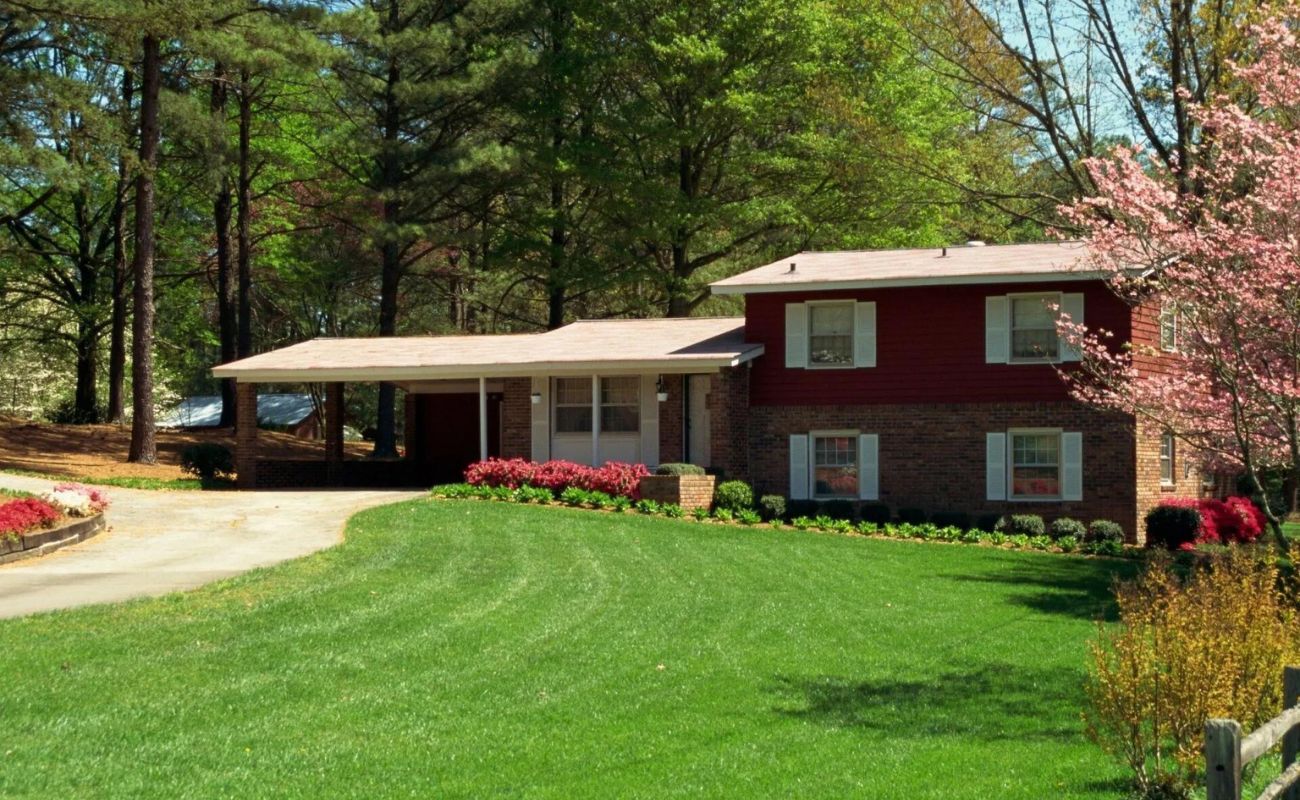
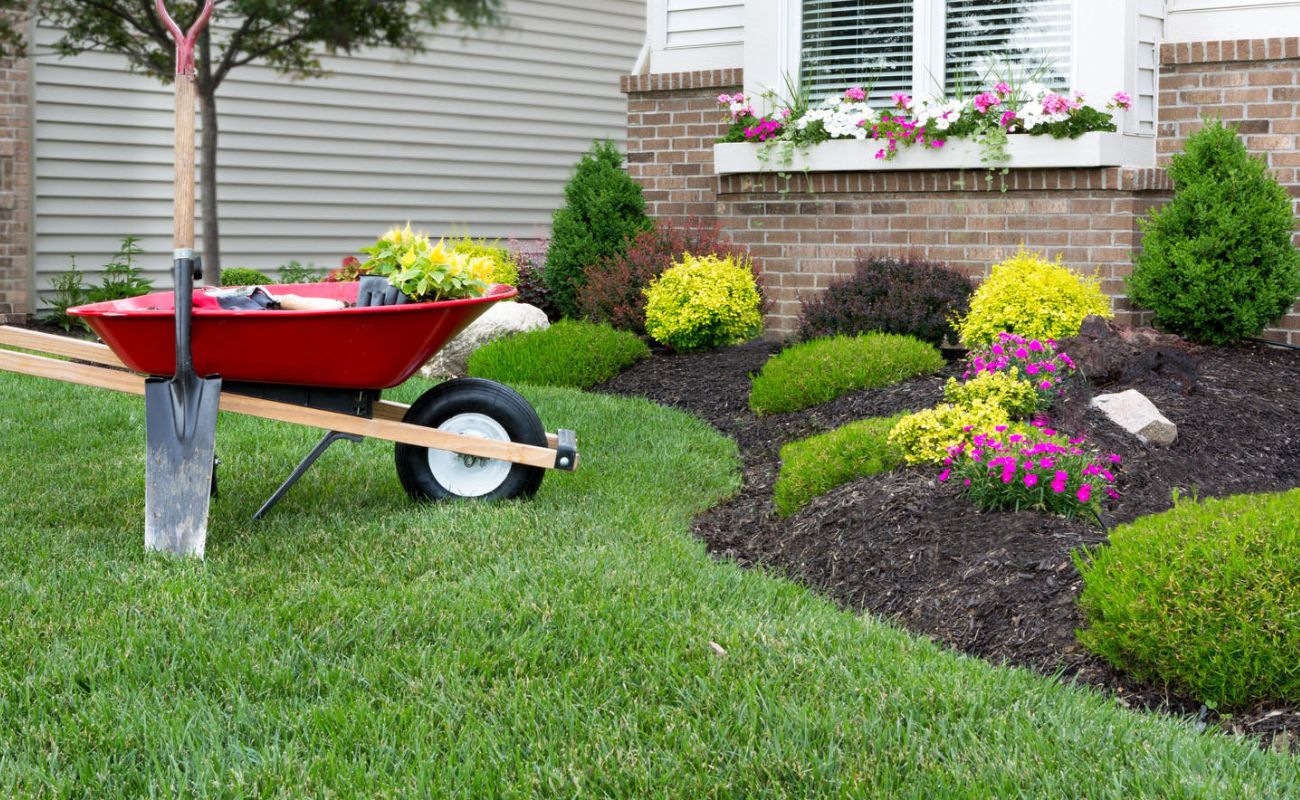
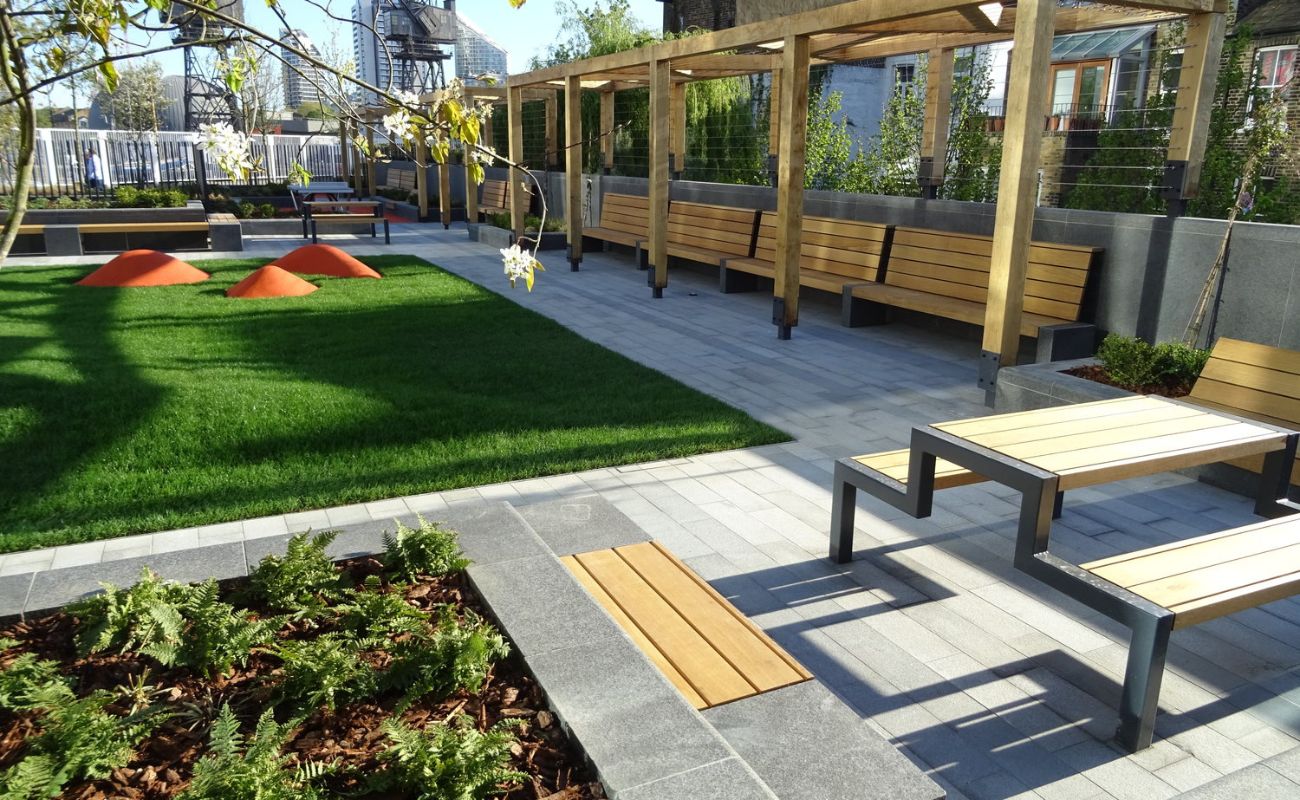
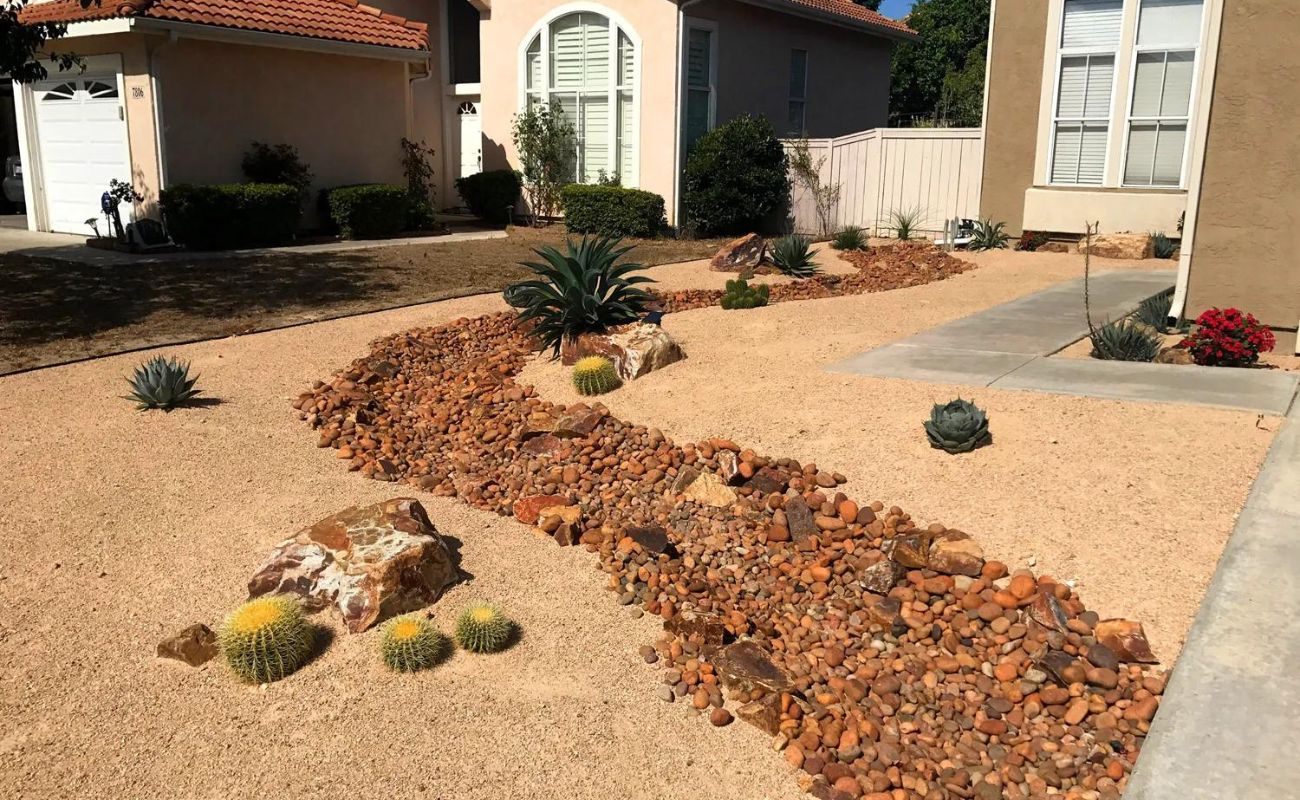
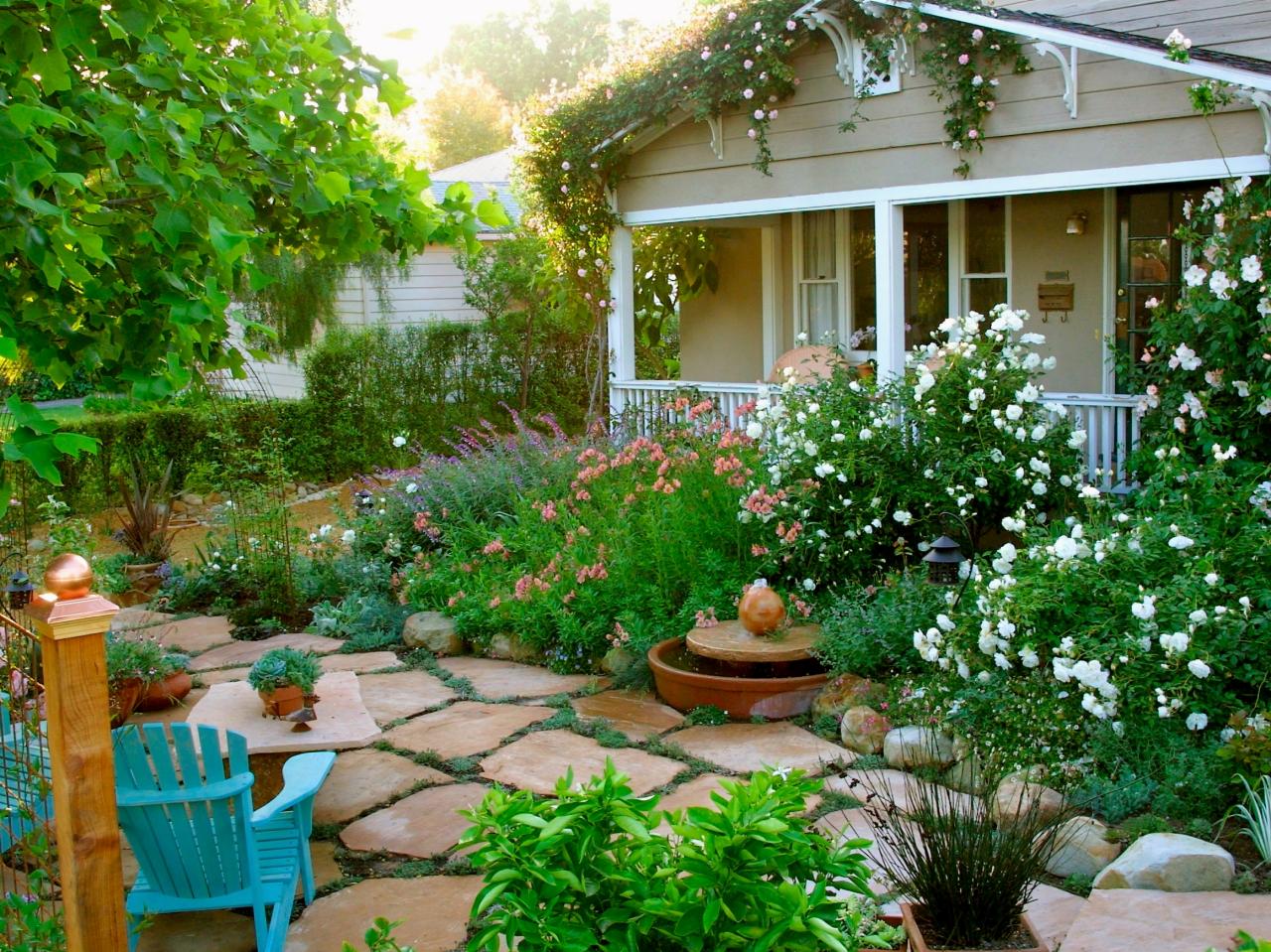
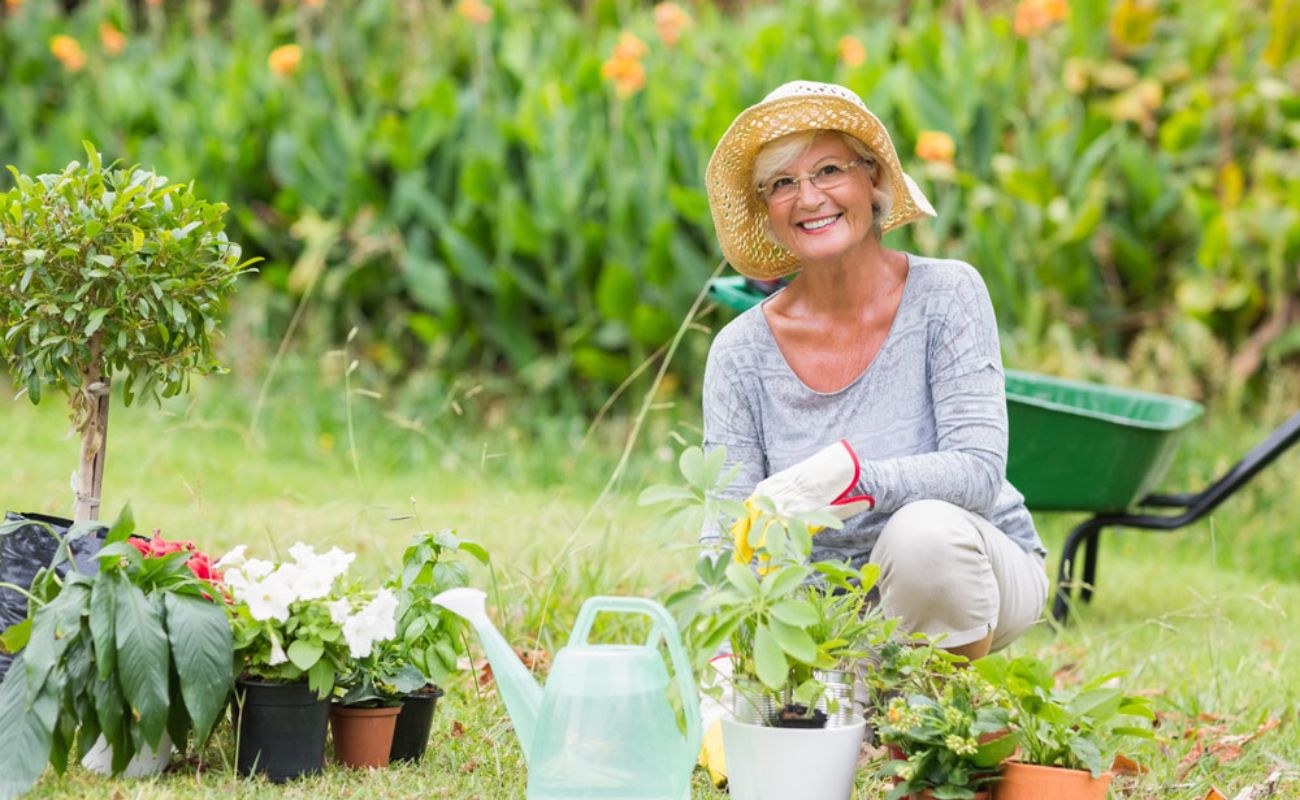
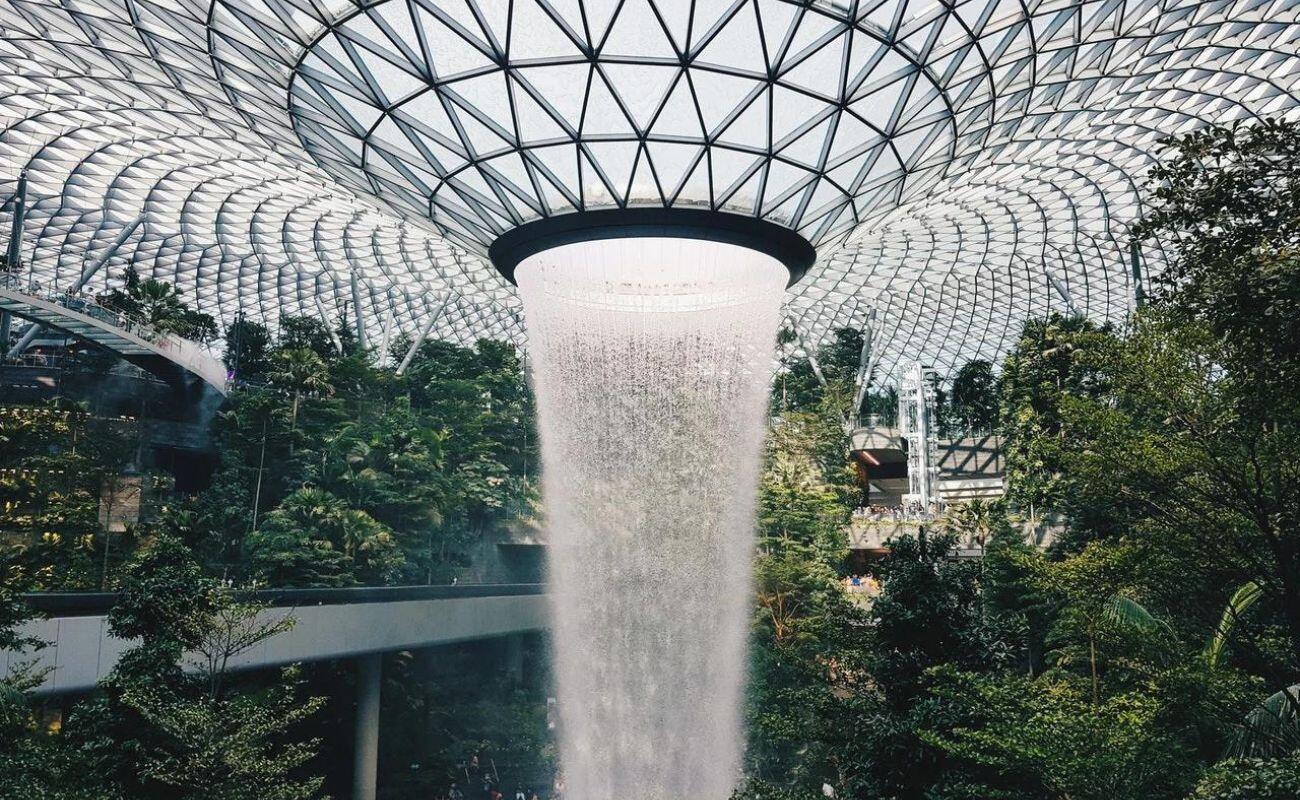
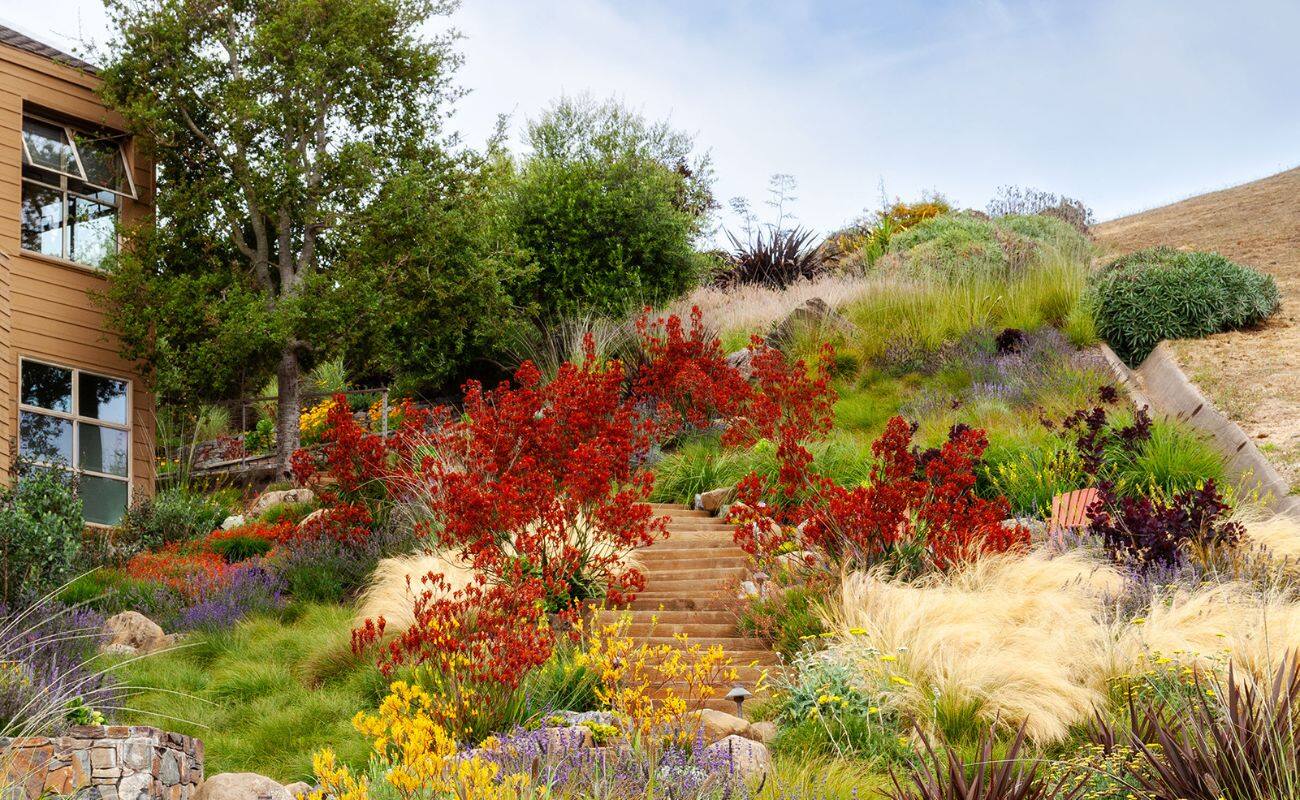
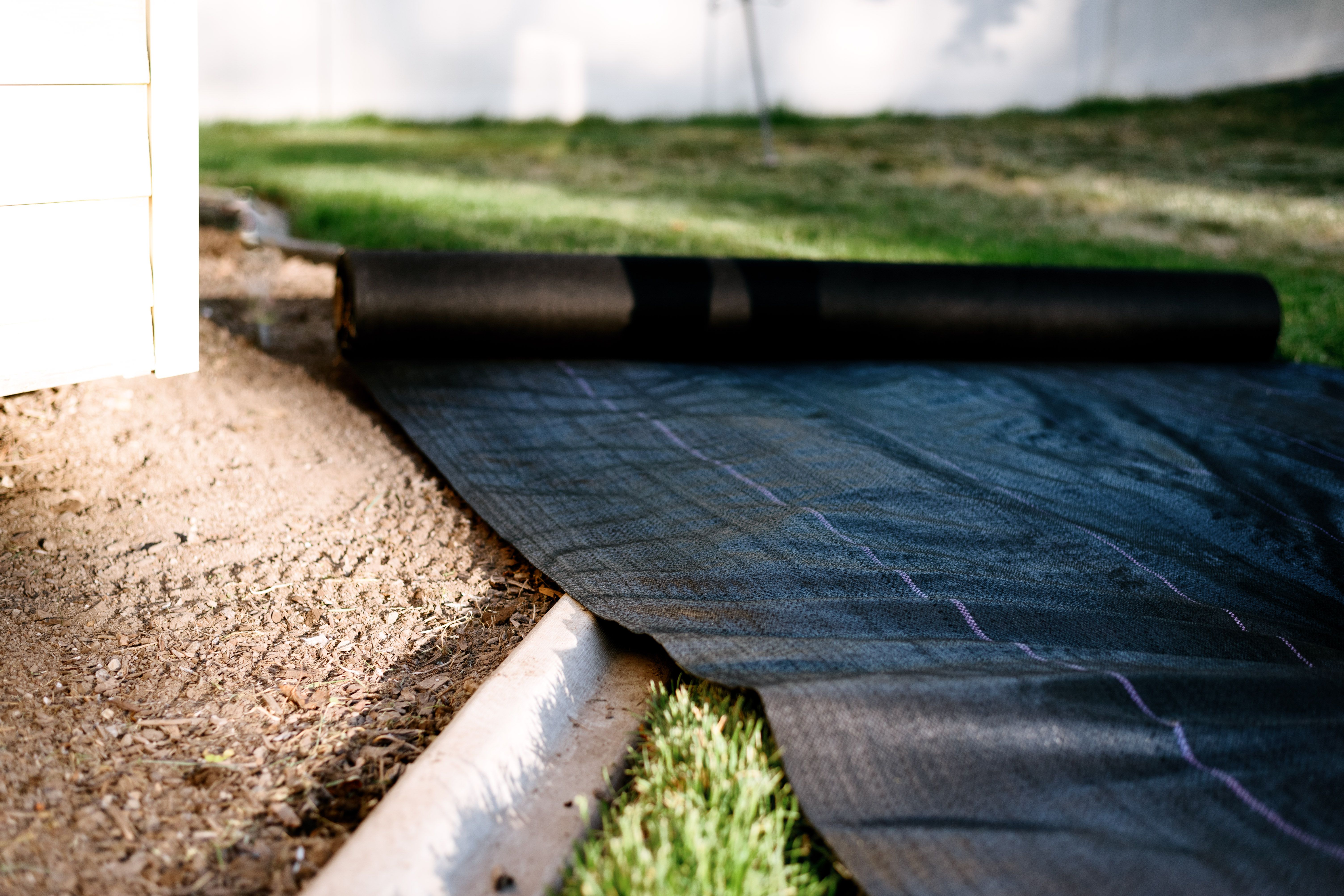
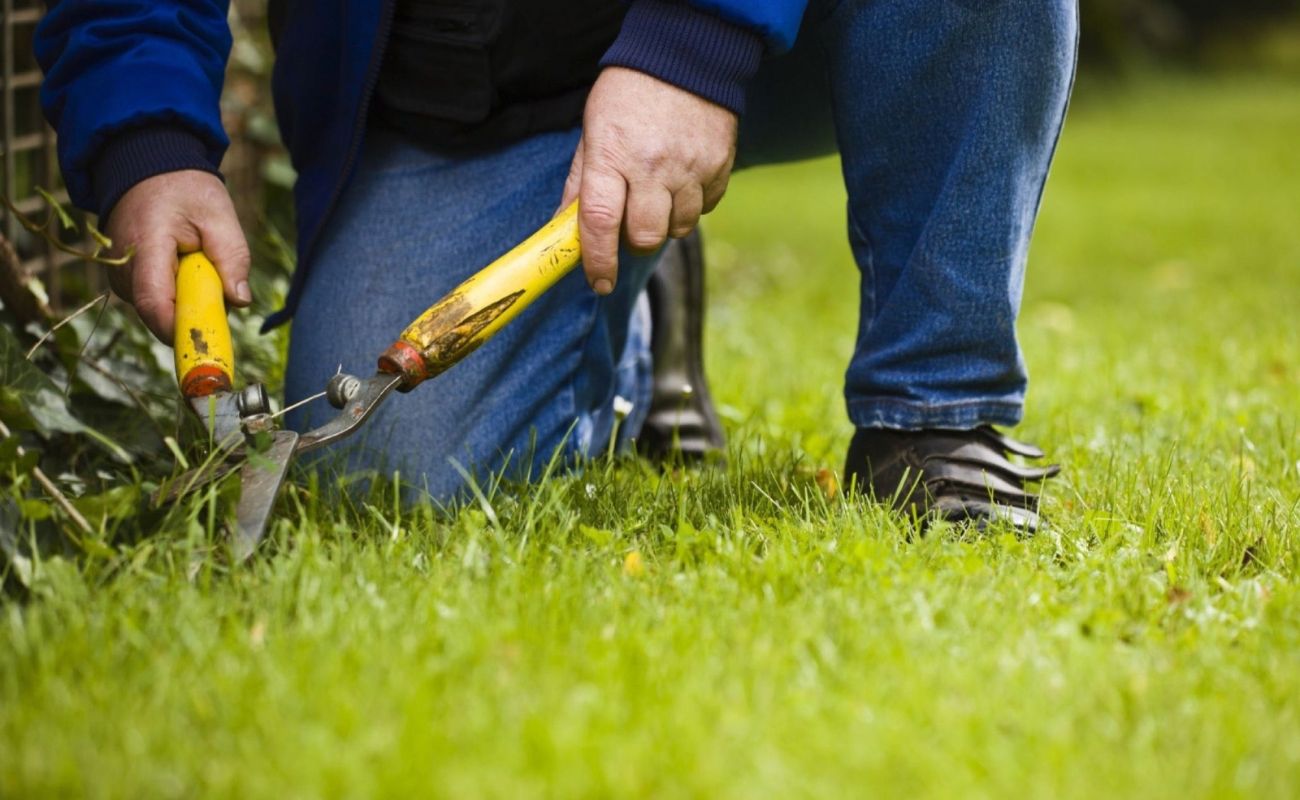
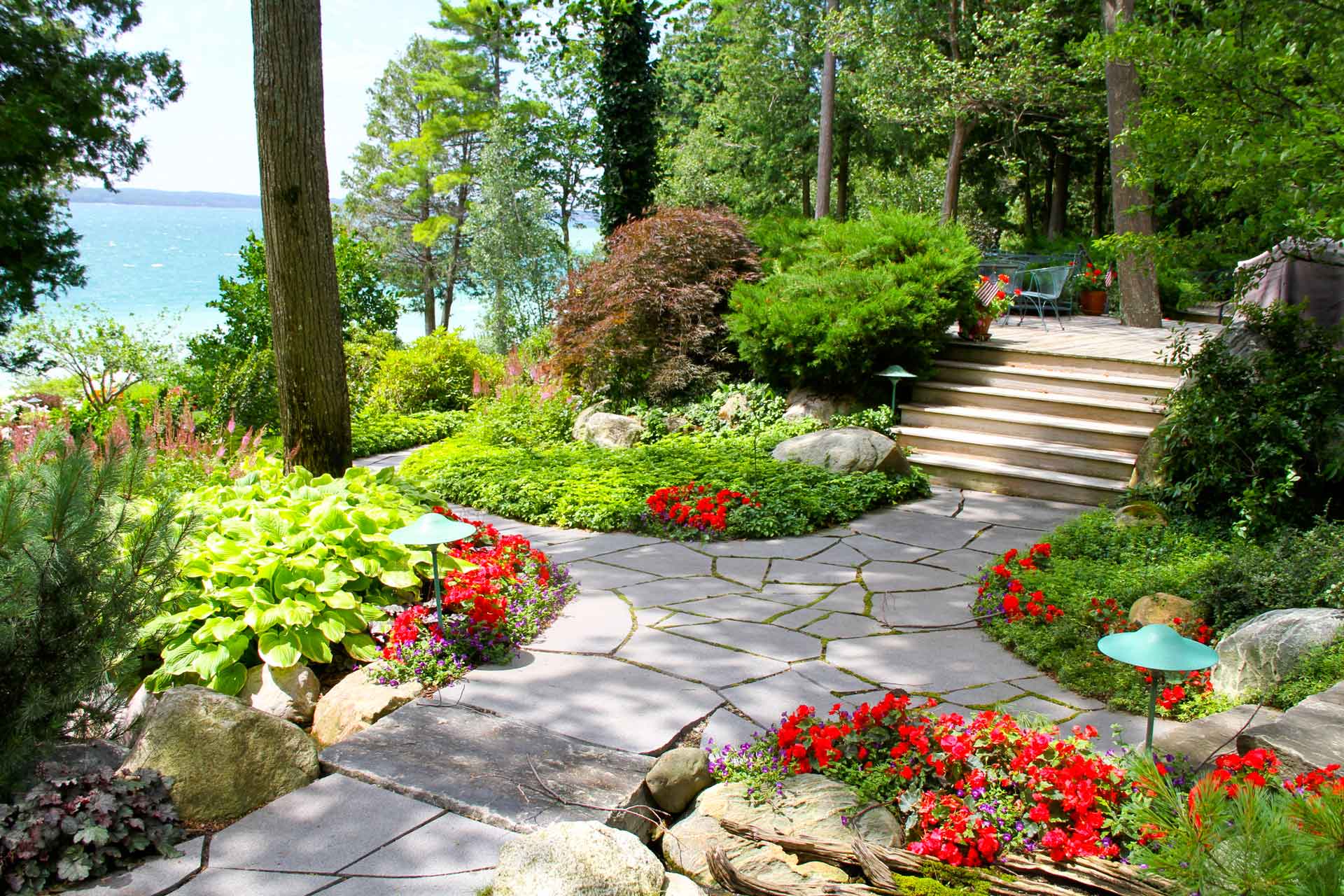
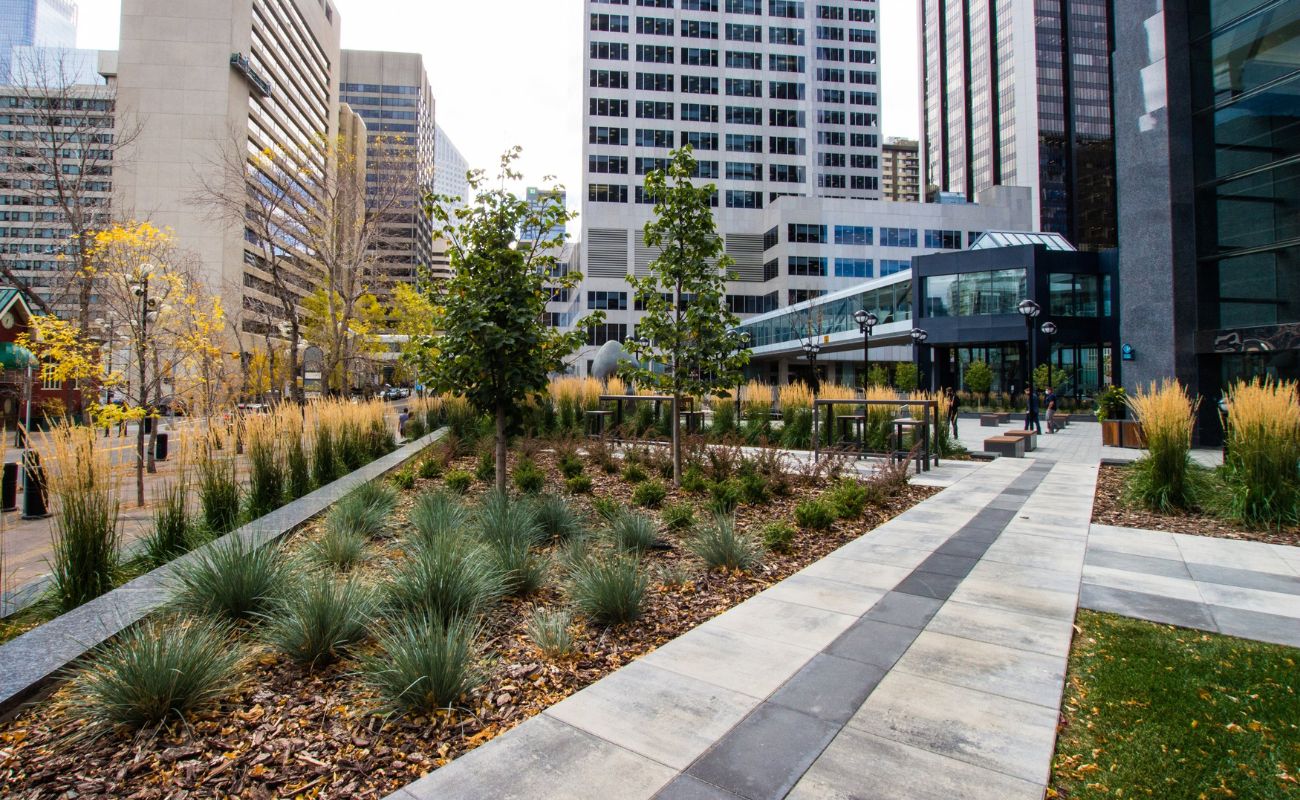
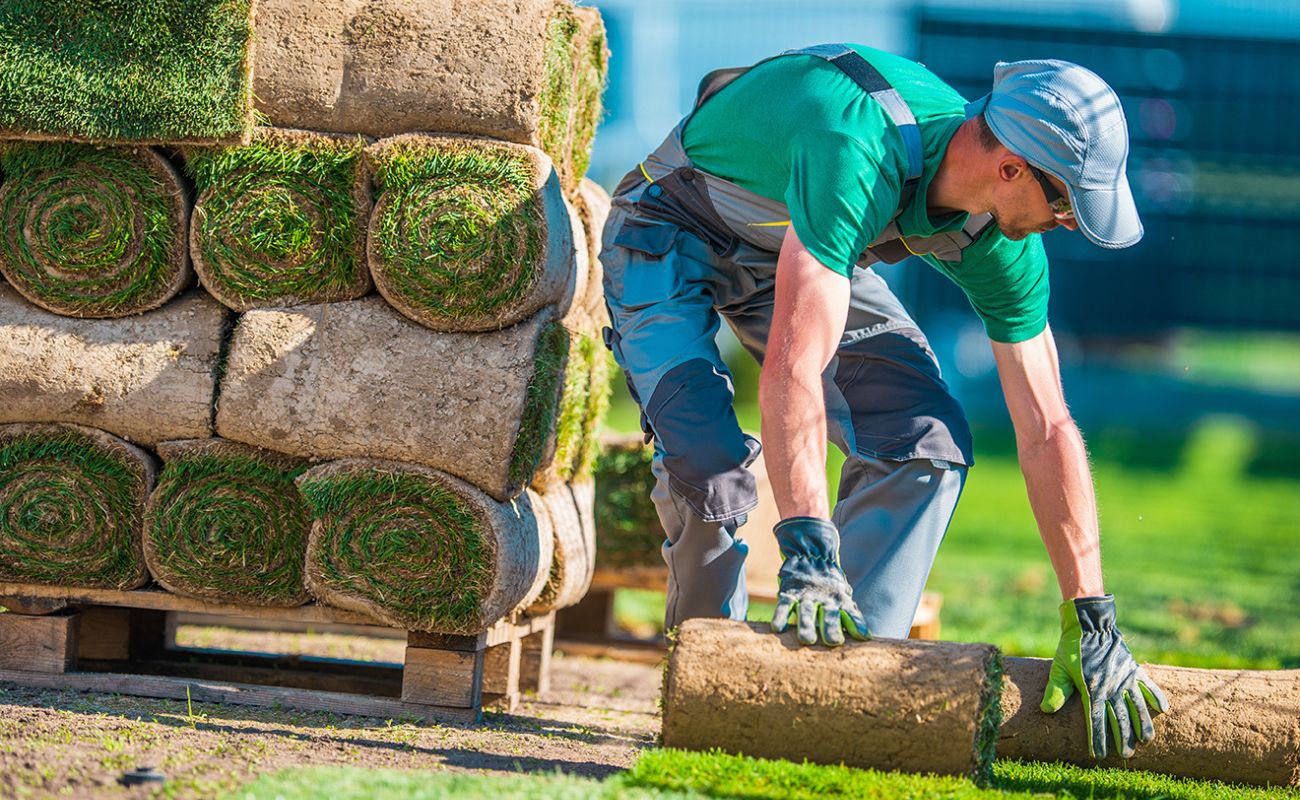
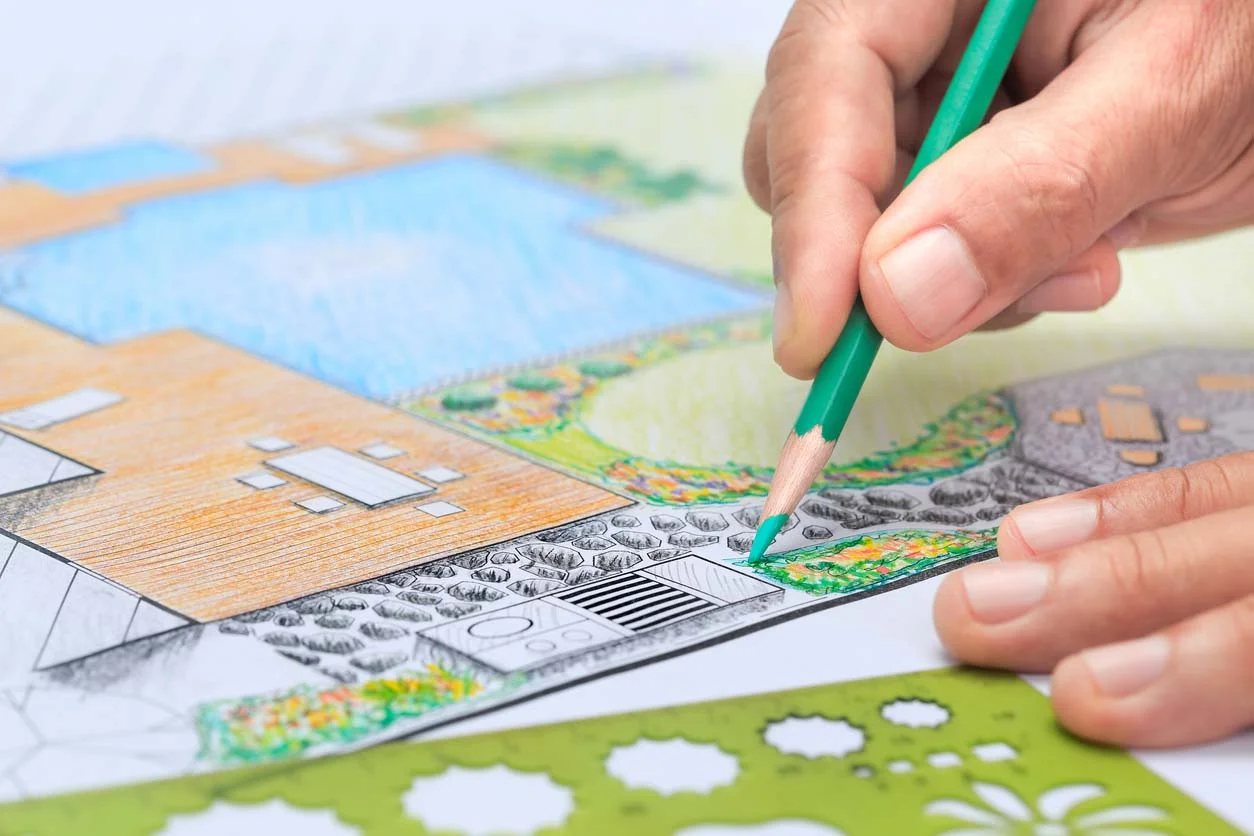

0 thoughts on “What Is RBU In Landscape Design”